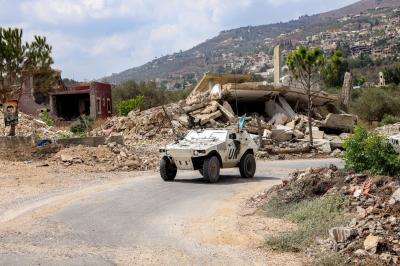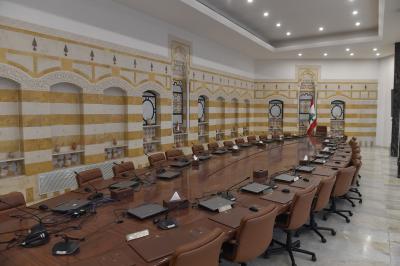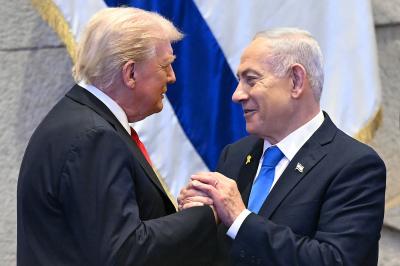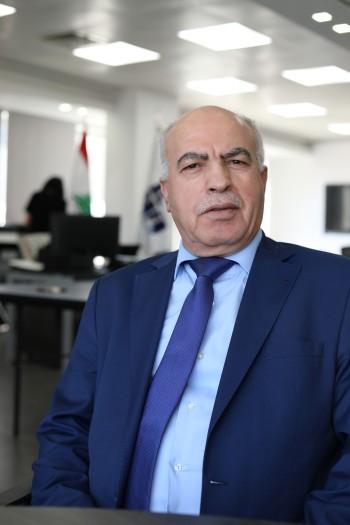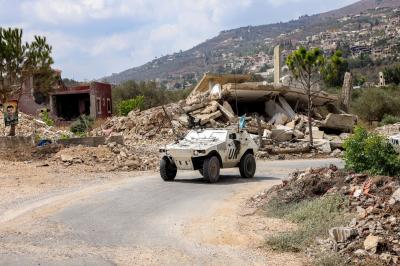The situation between Lebanon and Israel has entered a sensitive and decisive phase. Israel is threatening to launch a new war if Hezbollah’s weapons are not dismantled, while Lebanon is proposing indirect negotiations within the framework of the “Mechanism Committee,” demanding that Tel Aviv respects the ceasefire and withdraw from occupied areas in line with UN Resolution 1701. The United States, meanwhile, is urging Lebanon to seize President Donald Trump’s determination to achieve peace in the Middle East, building on the recent Gaza agreement he imposed on Israel and Hamas, which Egypt and Germany later joined.
These efforts aim to shape a framework for Lebanese–Israeli negotiations that could lead to an agreement ending the current state of war and preventing a new one. Egypt has proposed a 90-day truce during which the ceasefire would be consolidated and Israel would withdraw from the five hills in southern Lebanon, in exchange for “Hezbollah” freezing its military activities south of the Litani River.
At this time, a new American stance emerged through envoy Tom Barrack, who described Lebanon as a “failed state” that “has no time left and must quickly centralize all weapons.” Barrack urged the Lebanese authorities to disarm “Hezbollah”, claiming that “Israel bombards southern Lebanon daily because Hezbollah’s weapons still exist.” His remarks coincided with the arrival of a U.S. military delegation in Lebanon to assess the army’s missions and needs, while U.S. Under Secretary of the Treasury for Terrorism and Financial Intelligence John Hurley began a regional tour that includes Beirut.
President Joseph Aoun had previously announced Lebanon’s readiness to engage in indirect negotiations with Israel within the framework of the “Mechanism Committee,” similar to the 2022 maritime border demarcation talks, expressing no objection to expanding this committee by including civilian technical experts rather than politicians or diplomats.
In light of U.S. envoy Morgan Ortagus’s recent visit to Lebanon and Israel, followed by diplomatic activity from Egypt and Germany, the prospects for Lebanese–Israeli negotiations remain suspended between diplomacy and military escalation, with a wide gap separating the Lebanese and Israeli positions, compounded by internal and international complications. Lebanon insists on conducting indirect negotiations exclusively through the “Mechanism Committee,” rejecting any direct political talks or the conclusion of a comprehensive peace agreement. It also demands that Israeli aggression stop first, that the Lebanese Army be allowed to deploy up to the border, and that Israel withdraw from Lebanese territory. At the same time, Lebanon agrees in principle to “enhancing” the Mechanism Committee by including civilian technical experts to strengthen indirect negotiations.
Israel, on the other hand, links any negotiations to the disarmament of “Hezbollah” and refuses to implement a ceasefire until it verifies that the group has fully withdrawn militarily from south of the Litani River and has ceased rebuilding its military capabilities. At the same time, it threatens to wage war if what it calls the Lebanese government’s “hesitation” in disarming “Hezbollah” continues.
In this context, the United States is pressing to open a broader negotiation track—direct or indirect—that would go beyond temporary security arrangements to end the state of war and establish normalization or peace. Washington reiterates its call for the Lebanese state to maintain a monopoly over arms and dismantle Hezbollah’s military structures, both south and north of the Litani River. “Hezbollah”, for its part, maintains its rejectionist stance, setting as a condition Israel’s cessation of fire and withdrawal from Lebanese territory before any negotiations.
Within this context, Egypt proposed an initiative involving a three-month truce, during which Israel would begin withdrawing from the occupied positions in parallel with Hezbollah’s disarmament south of the Litani River and a comprehensive border demarcation. Egypt and Germany advised Lebanon to follow the “Gaza model.” Consequently, indirect negotiations are likely to take place within the “Mechanism Committee” after it is “enhanced” with border-affairs experts rather than politicians or diplomats—a suggestion reportedly made by Ortagus during her recent visit to Lebanon and Israel. However, the success of this track remains contingent upon Washington’s ability to secure a lasting truce.
While some have drawn comparisons between the May 17, 1983 Agreement and the ideas currently being proposed to end the ongoing war, such comparisons reveal that the May 17 Agreement was a full peace treaty involving mutual recognition, the end of hostilities, and the establishment of “liaison offices” paving the way for diplomatic relations. Under the agreement, Israel committed to a full withdrawal from Lebanese territories occupied in 1982 within twelve weeks. It also provided for the creation of a “security zone” inside Lebanon with arrangements restricting the Lebanese Army’s movement and the establishment of joint U.S.–Israeli–Lebanese committees to oversee the area.
The formulas currently under discussion do not include normalization or diplomatic relations but focus solely on implementing a “cessation of hostilities” agreement through indirect negotiations addressing security arrangements. Lebanon, during these talks, calls for Israel’s withdrawal from territories occupied in the recent war—the five hills and their surroundings—in addition to the Shebaa Farms, Kfar Shouba Hills, and other points occupied since 1967. The negotiations also focus on strengthening the role and deployment of the Lebanese Army in the south and dismantling Hezbollah’s military infrastructure in accordance with UN Resolution 1701.
In conclusion, the May 17 Agreement was a comprehensive project for full peace between Lebanon and Israel. In contrast, the current proposal is a narrowly defined arrangement focusing on ending hostilities and securing the land borders to make them safe for both sides.
Please post your comments on:
[email protected]
 Politics
Politics
